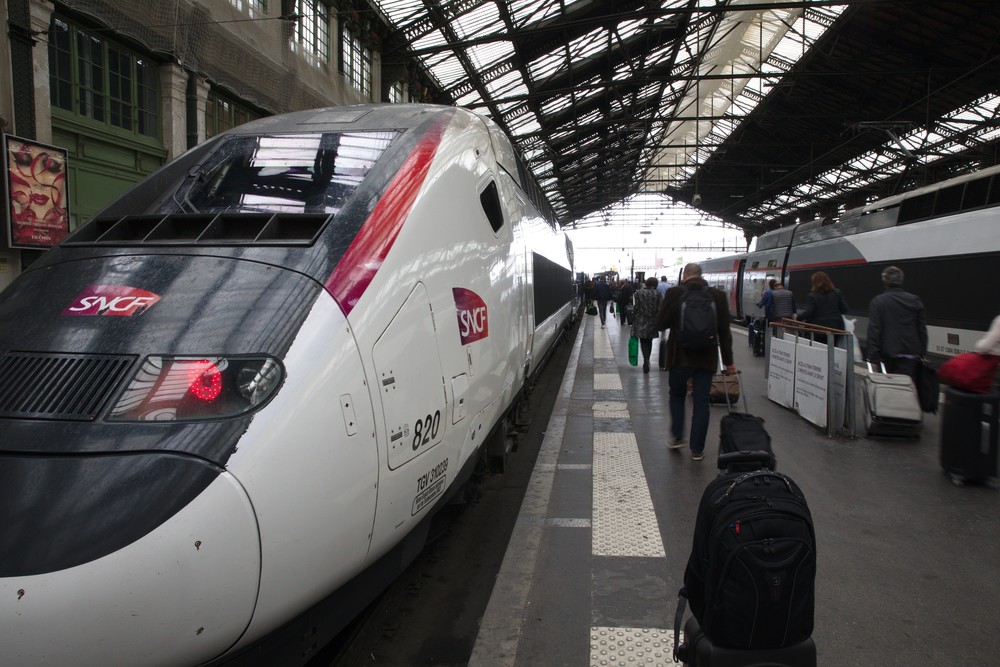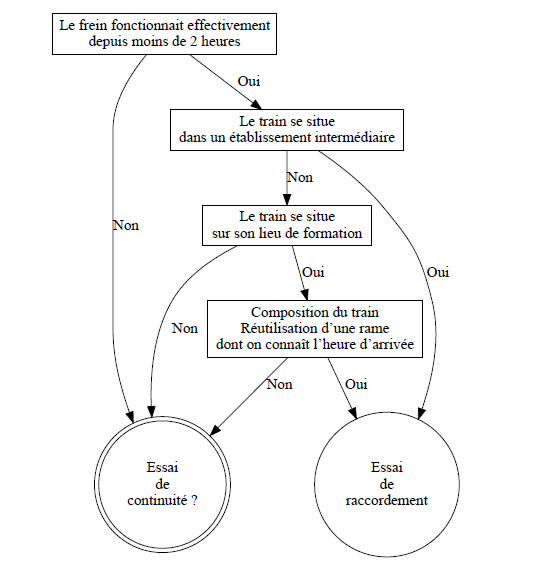SNCF
Broadcast dynamic documentation on a tablet
NeoDoc helped in the process to facilitate the implementation and use of a demonstrator on the coupling, braking of trains and train noise attenuator of the SNCF. This document aims to present the travelers noise suppressor, to define the modes of implementation and usage, and to specify the conditions of service and maintenance.
This document is intended for officers performing tests of brakes and complete emptying (immobilization of branches for example).

Presented Features
This demonstrator is based on native functionality of Calenco that allows the creation of dynamic documentation on a tablet:
- The benefits of the rationalization of writing;
- Easy variations of text at the local level;
- New available possibilities for electronic consultation of technical documentation.

The features described in the context of this demonstration are:
- Editing in a structured environment of the national document (data and metadata) to include the implementation of single source and filtering principles. This will be used in particular to avoid duplication of testing procedures, which contains all variants.
- Production of the model of local document from the national paper by simple choice of criteria related to the specifics of the station. The number of these criteria can be limited to 2 as part of this demonstrator (Presence of a compressed air source and type of final station or intermediate).
- Ability to customize the local paper through the areas provided for this purpose.
- Publication of national or local paper to PDF.
-
Publication of the local paper to tablet format, with the following features:
- Definition of selection criteria related to the train,
- Displaying the same procedure, filtering elements out of context,
- Dynamic display of procedure details (illustrations, safety recommendations, etc.) by simply pressing a button.

Structure of local document
The objective was to provide customized documentation according to the situation with an automatic update based on the national reference document.
The local document is a copy of the national document, after applying the filter criteria that could lead to the elimination of one or more test procedures. Any change of the national document automatically entails the updating of the local paper.
In addition, the rest of the local document is modifiable by the local manager to add to his guide any local instructions.
As part of the demonstration, the user must choose the standard "E" (Train Nature) at the time of the creation of a local set. Once the chosen criterion, the system deletes the from the local record the tests which do not belong to the selected criterion "E".

Consult dynamic documentation on the tablet
It is a web publication of the local document, with the following features:
- The homepage ists the criteria for the category “Train”. Once choices are made, the name of the corresponding test procedure appears with a link to access it.
-
The test procedure page asks first to choose of context:
- Location of the possible second agent (criterion K),
- Using the gear motor or a compressed air system (Criterion B).
- Once that choice is made, the main steps appear. Only relevant steps in the current context are displayed.
- In addition, the [+] buttons can display more details on demand.

Benefits of dynamic documentation on a tablet
Besides modernity and the removal of hundreds of sheets of paper to transport and handle on the train platforms, dynamic documentation on a tablet allows to:
- Give quick access to adequate, updated, procedures;
- Create synergy between the team leaders and maintenance workers through customization of the documentation depending on the situation;
- Directly report “up the chain” the anomalies found “in the field”
- Greatly reduce the time of report writing.




